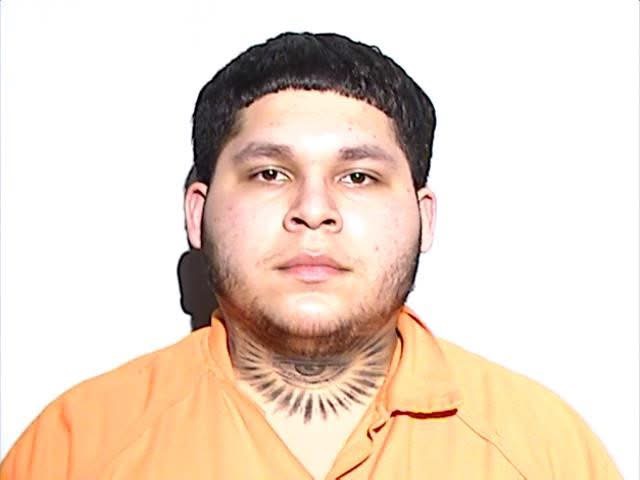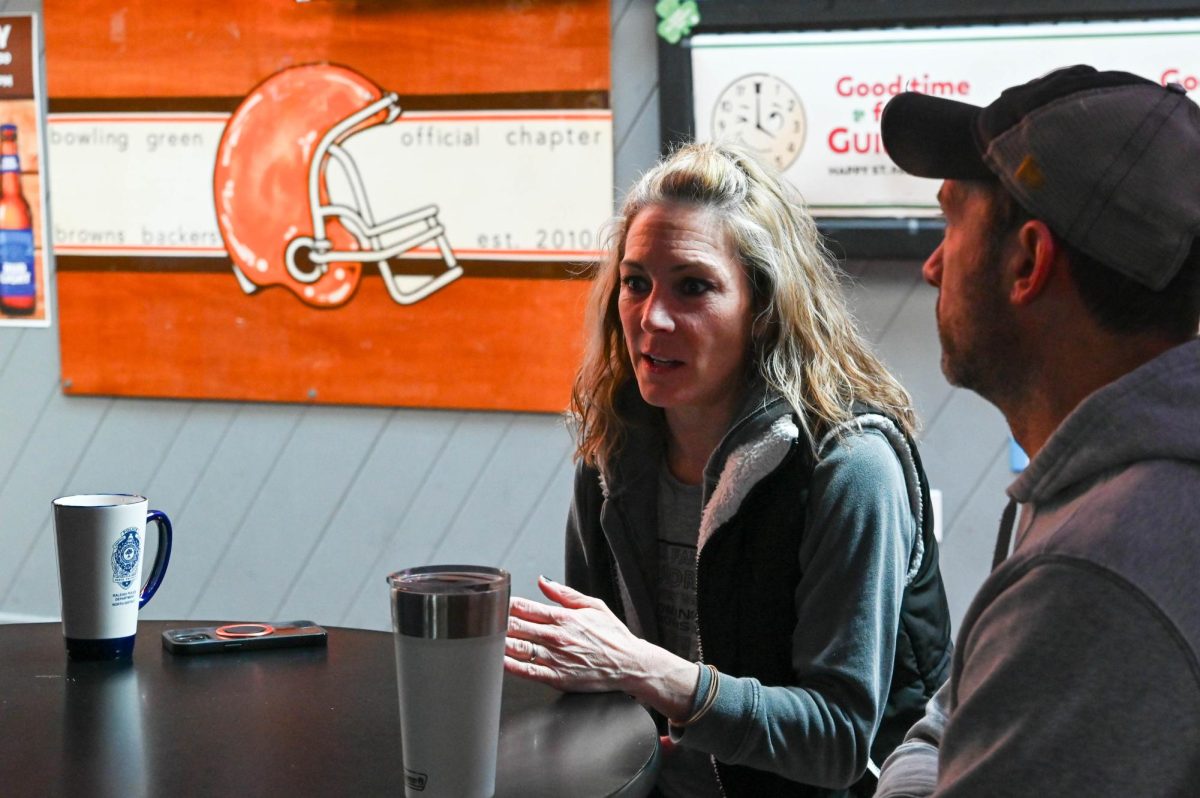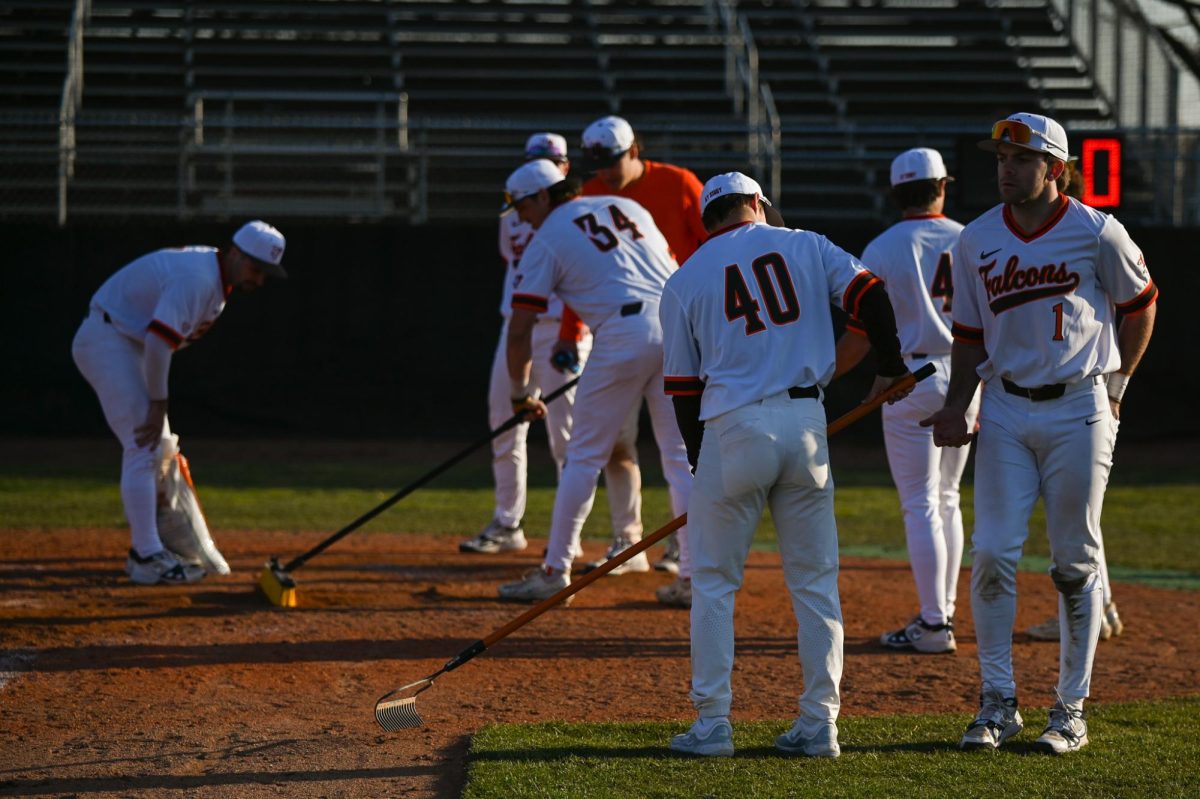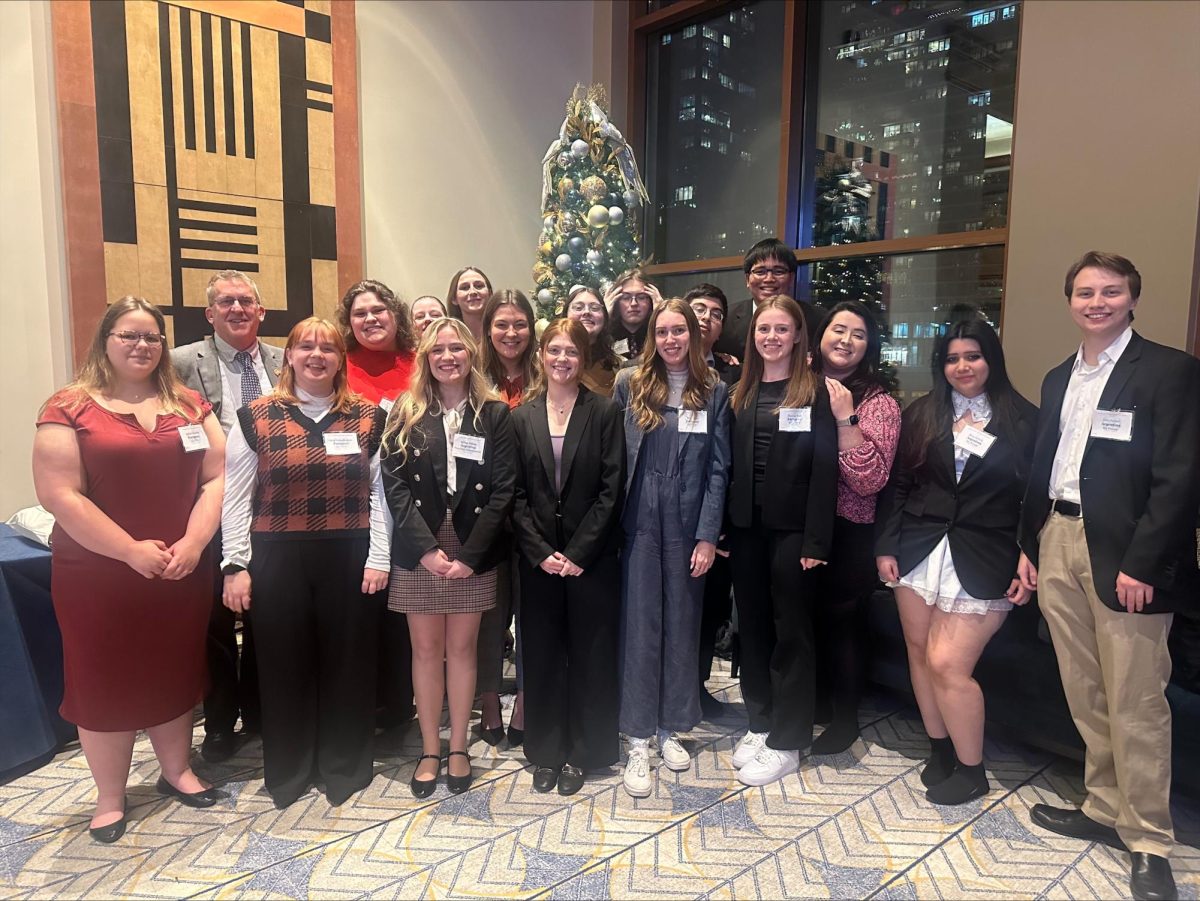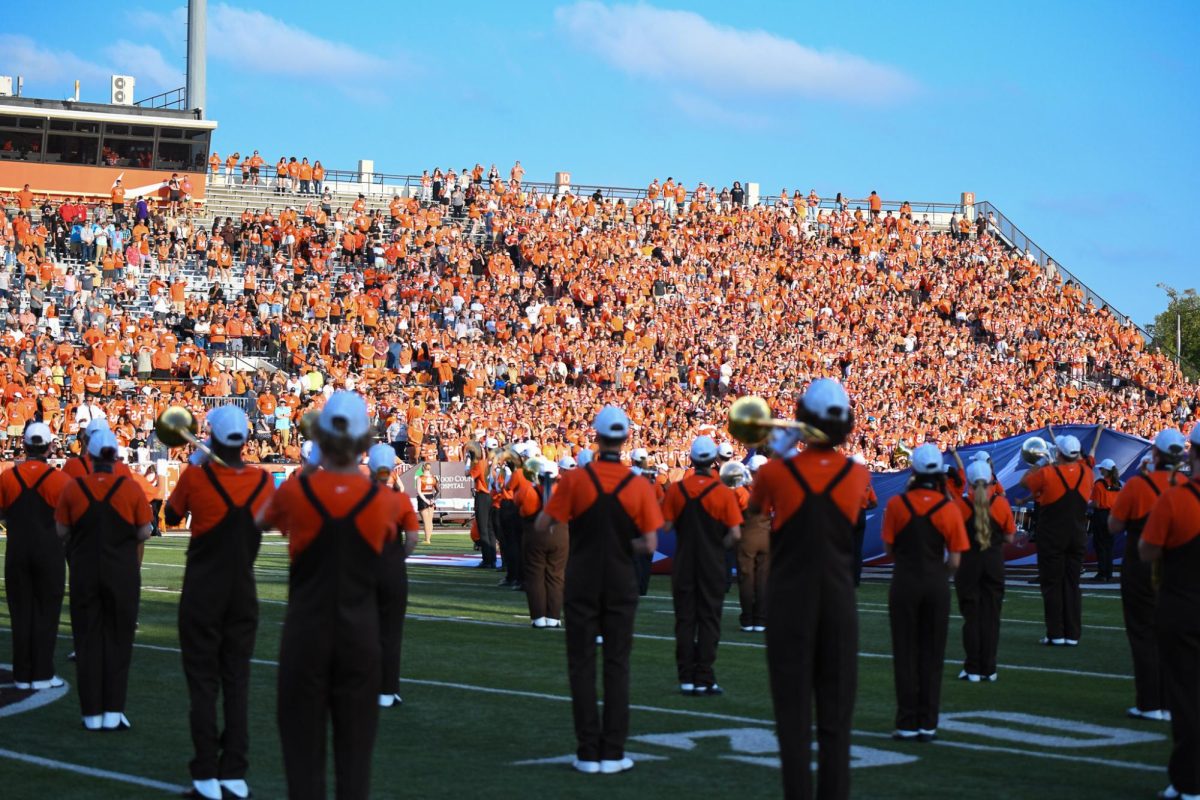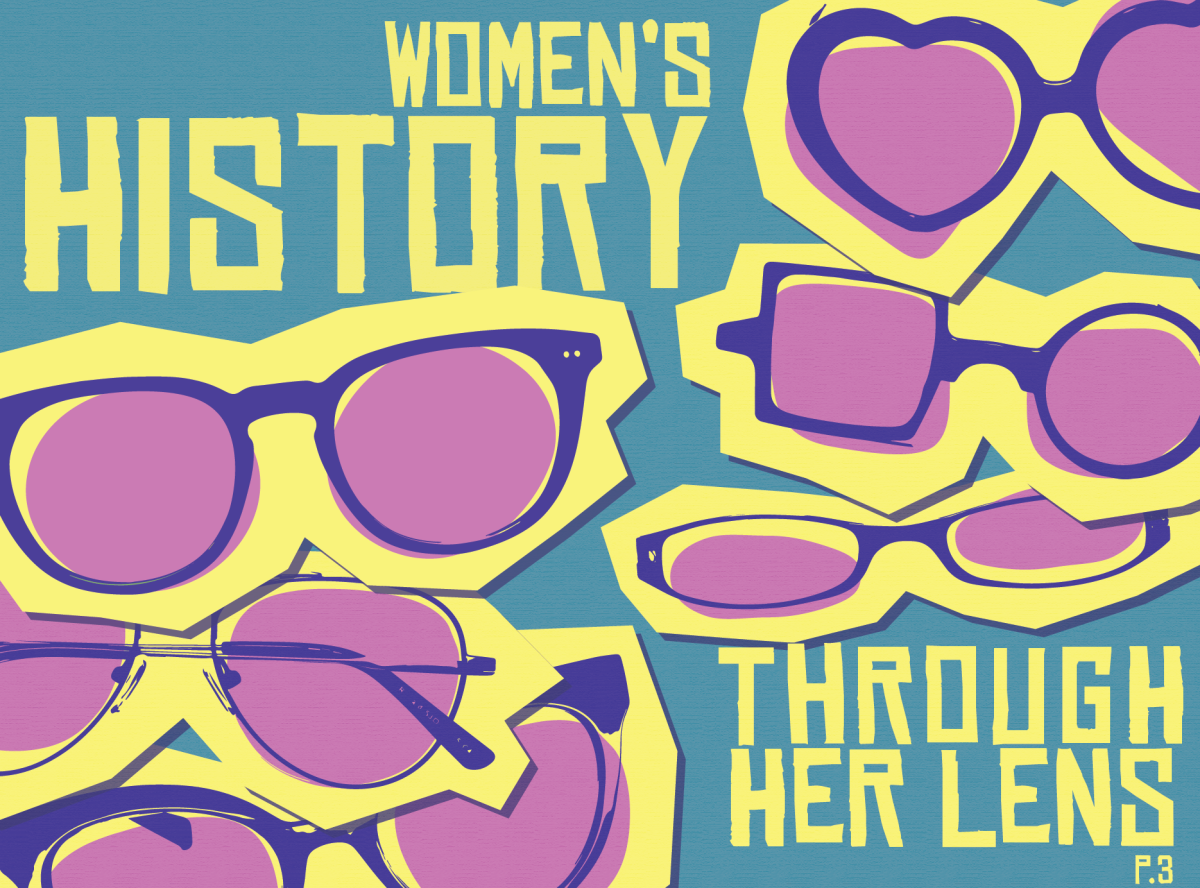On Jan. 26, 1962, Bishop Burke of the Catholic Diocese in Buffalo, N.Y., banned the twist dance from all U.S. Catholic schools. Burke considered the dance as lewd and un-Christian, according to Eric Nuzum, author of “Parental Advisory: Music Censorship in America.
Although Chubby Checker popularized the twist, the Rock and Roll Hall of Fame credits rhythm and blues artist Hank Ballard for creating the song. Ballard, a previous Ford Motor Co. assembly line worker, first wrote and recorded “The Twist.” After Ballard failed to show up for a performance on Dick Clark’s “American Bandstand,” Checker was contracted to perform the song.
Under Checker’s version of the song, “The Twist” was the “only record in rock ‘n’ roll history to be a number one hit on two separate occasions, according to the Classic Bands Web site. Despite Burke’s censorship, the dance held a universal appeal, as Catholic President Kennedy was known to hold twist parties in the White House.
On several occasions, Kathryn Graham, president of the Washington Post, attended Kennedy’s twist parties. There was ” the big White House twist party when even the secretary of defense, to the amazement of his generals, twisted and when the president himself danced until 4:30 a.m.,” she wrote in her biography, “Personal History.”
Of the twist parties she attended, Graham said, “There was, indeed, a certain unreality to these evenings — to be dancing like that in those historic and elegant rooms.”
The practice of banning dances dates back to at least the 17th century and continues today. In the early 1600s, Louis XIII banned the Volta dance from his court. “Partners had to hold each other in such a close embrace that many declared it immoral,” reported the Ballroom Dancesport Studio Web site.
In 2002, high school principals across the nation banned the C-walk dance, as it glamorized gang life, according to the Street Gangs Web site. “Schools in California, Florida, Ohio, Washington, D.C. and other states have ruled out grinding, ‘freakin’ or other sexually explicit dance moves.”
Throughout rock ‘n’ roll history, performers have often been censored for dance moves. In 1957, “Ed Sullivan’s producers decided that their cameras would only shoot Elvis Presley from the waist up, as they considered his hip swinging to be too suggestive.” And in 1966, “Police attempted to shut down a James Brown concert, alleging the singer’s dancing is obscene,” Nuzum reports.
Considering how dances have been banned throughout history, Martha Graham, a famous choreographer from Pittsburgh once said, “Censorship is the height of vanity.” Burke’s ban may have kept some Catholic high students from twisting at school, but it lacked an effect on rock ‘n’ roll fans of all ages.


